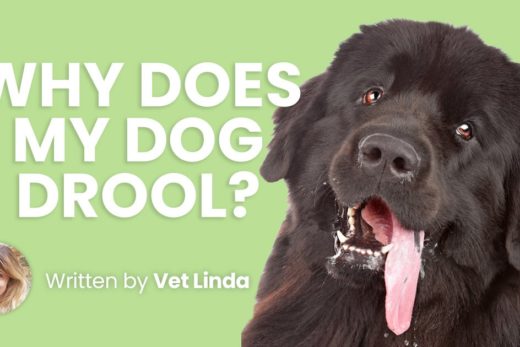
Who doesn’t love when their dog looks up at them with those big puppy dog eyes? Even when they’re begging, something about their eyes just melts us as pet parents.
The next time you’re staring at your dog lovingly, pay attention to more than just what they’re trying to convey. Dog eyelid styes and other eye-related problems are usually benign but can present quality-of-life issues if left untreated.
What Are Eyelid Styes?
A stye is a red bump that may appear on your dog’s eyelid, known medically as a hordeolum. Styes fall into the category of blepharitis, which just means the eyelid is “inflamed.” Inflammation of the eyelid can result from multiple causes, including generalized skin irritation or external irritants.
However, inflammation of the eyelid’s glands is the most common culprit. There are three — the glands of Zeis and Moll on the outside and the Meibomian gland on the inside. These glands produce fluids like sweat, sebum (natural oil), and meibum, which are crucial for optimal eye health and safety.
When these glands become inflamed, they are less able to pump out those fluids, leading to a backup. Eventually, that fluid becomes visible under the skin as a red bump. Often, a hair follicle is involved, which may be blocking the gland’s ability to release fluid.
If left untreated or unmanaged, the swelling can worsen and even begin to impact the entire eyelid.
How Can You Tell if Your Dog Has a Stye?
The good news is that dog eyelid styes are easy to see, even by the untrained dog parent. By the time they have developed, they’ll look like a small red bump that appears on either the upper or lower eyelid. However, there are other signs that your dog may be working on a stye before those bumps appear.
Although our dogs can’t tell us they’re in pain, we know from experience that styes can be uncomfortable. When the stye is manipulated, pain is one of the hallmark signs veterinarians look for when diagnosing the condition. Many dogs will rub or itch at their face before the stye shows up, and their eyelid may even appear to be swollen or “squinty.”
Be careful not to confuse a stye with another similarly-looking eye condition known as cherry eye, which is a prolapsing of the third eyelid. While they may both appear as red bumps, cherry eye is far more likely to require veterinary or even surgical care to treat. When in doubt, have it confirmed by your veterinarian.
How Can You Help Your Dog With an Eyelid Stye?
If your dog does develop a stye, what should you do about it? There are a few ways you can handle a dog eyelid stye, some of which you can try from the comfort of your own home.





